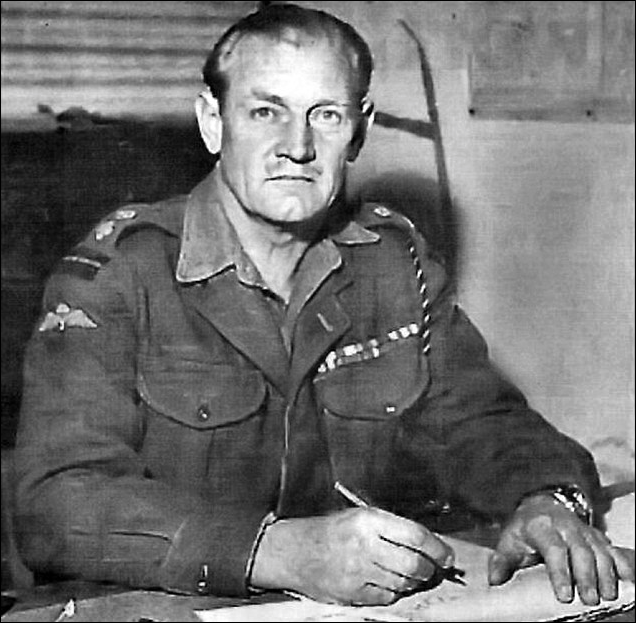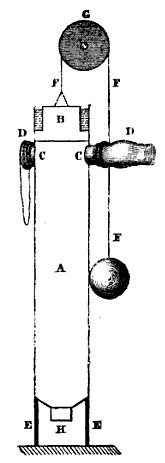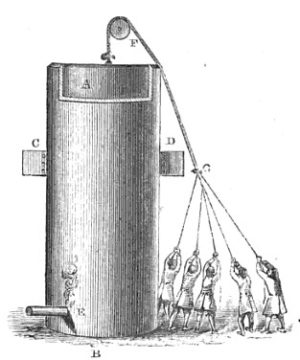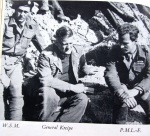A few months ago I wrote a post about eccentric military umbrellas, here.
Here’s another proponent of the umbrella and one of the most remarkable men in WW2. Mad Jack Churchill was an officer in the Manchester Regiment and subsequently the Commandos. Read his wiki entry here, it’s worth it, but this link has more heart and humour than wikipedia.

Here’s a quick summary:
- Served in the Manchester Regiment in Burma in the late 1920’s early 1930’s.
- Left the army in 1936 after a “spotty” career to be come a newspaper editor.
- Rejoined in 1939.
- Initiated an ambush during the BEF retreat to Dunkirk by shooting the lead German in a patrol with his longbow. No kidding.
- Joined the Commandos. Led a raid ashore in Norway while playing the bagpipes and throwing grenades. (He’s English, by the way)
- Won an MC at Dunkirk, a bar to it in Norway, a DSO in the Salerno landings, again playing the bagpipes as he led the assault on the beaches, with an ancient Scottish sword around his waist. Later got a bar to his DSO too.
- Led a unit of Commandos working with the Partisan’s in Yugoslavia (bagpipes again). Last man standing of 1500 men assaulting Brac when captured.
- He tried to set fire to the plane taking him to Berlin.
- Sent to Sachsenhausen concentration camp. Escaped. Recaptured.
- After the war qualified as a parachutist and served in Palestine with the Seaforth Highlnaders who perhaps appreciated bagpipes a little more. Significantly he led the attempted rescue of a Hadassah medical convoy besieged by hundreds of Arabs, in full dress uniform including kilt and spats.
- Served on exchange in Australia and took up surfing.
- And the umbrella bit – as a young officer during his first stint in the Army: He appeared on parade carrying an umbrella, a mortal sin. When asked by the battalion adjutant what he meant by such outlandish behavior, Churchill replied “because it’s raining, sir,” an answer not calculated to endear him to the frozen soul of any battalion adjutant.
- Quotes:
- “In my opinion, sir, any officer who goes into action without his sword is improperly dressed.”
- “If it wasn’t for those damn Yanks, we could have kept the war going another 10 years.”
- About a remarkable incident near Salerno where he and one other captured 42 Germans: “I always bring my prisoners back with their weapons; it weighs them down. I just took their rifle bolts out and put them in a sack, which one of the prisoners carried. [They] also carried the mortar and all the bombs they could carry and also pulled a farm cart with five wounded in it….I maintain that, as long as you tell a German loudly and clearly what to do, if you are senior to him he will cry ‘jawohl’ and get on with it enthusiastically and efficiently whatever the … situation. That’s why they make such marvelous soldiers…”
- “You have treated us well,” he wrote to the German commander at Brac after only 48 hours in captivity. “If, after the war, you are ever in England and Scotland, come and have dinner with my wife and myself”
- From Hong Kong after the war had finished: “As the Nips have double-crossed me by packing up, I’m about to join the team v the Indonesians,”



